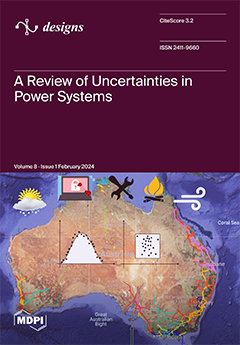Commercially available cochlear implants are designed to aid profoundly deaf people in understanding speech and environmental sounds. A typical cochlear implant uses a bank of bandpass filters to decompose an audio signal into a set of dynamic signals. These filters’ critical center frequencies
imitate the human cochlea’s vibration patterns caused by audio signals. Gammatone filters (GTFs), with two unique characteristics: (a) an appropriate “pseudo resonant” frequency transfer function, mimicking the human cochlea, and (b) realizing efficient hardware implementation, could demonstrate them as unique candidates for cochlear implant design. Although GTFs have recently attracted considerable attention from researchers, a comprehensive exposition of GTFs is still absent in the literature. This paper starts by enumerating the impulse response of GTFs. Then, the magnitude spectrum,
, and bandwidth, more specifically, the equivalent rectangular bandwidth (ERB) of GTFs, are derived. The simulation results suggested that optimally chosen filter parameters, e.g., critical center frequencies,
; temporal decay parameter,
; and order of the filter,
, can minimize the interference of the filter bank frequencies and very likely model the filter bandwidth (ERB), independent of
. Finally, these optimized filters are applied to delineate a filter bank for a cochlear implant design based on the Clarion processor model.
Full article




